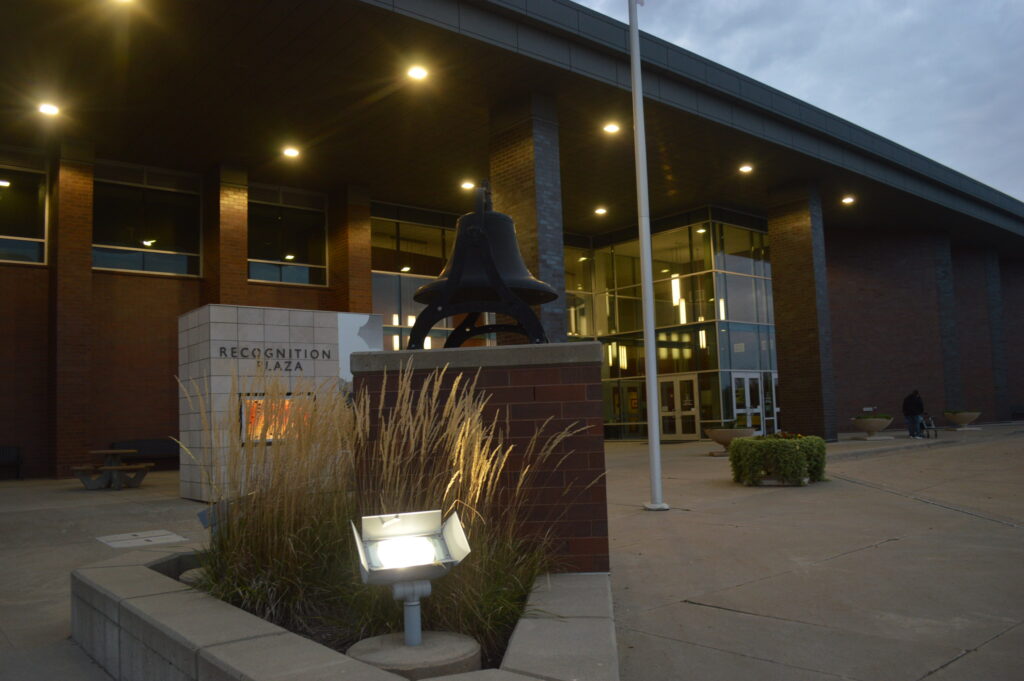
By Cindy Hadish/Homegrown Iowan
CEDAR RAPIDS, Iowa — A three-panel member of the Cedar Rapids Community School District Board of Education dismissed most objections to the district’s petition for its $220 million bond referendum, allowing the issue to move forward to the Nov. 7 election.
The district had conducted its own review of the petitions needed to put the measure on the ballot, crossing off about 700 names considered invalid due to missing addresses, signatures from out of the district and other reasons, but resulting in what their own panel said was 6,909 valid signatures.
A group of residents submitted challenges to 1,333 signatures, leaving only 6,291 entries; short of the 6,319 needed to put the measure on the ballot.
According to Iowa law, at least 25 percent of the number of registered voters participating in the last school board election must sign a petition to put a bond referendum on the ballot. “Vote Yes” supporters had about seven weeks to gather the needed signatures and used school resources for the effort, including social media posts, placing the petition in all of the schools and at sports events, and asking teachers and other staff to canvass neighborhoods.
Related: CR School District faces ethics complaint; challenges to bond and candidate petitions
The Linn County Auditor’s Office, which administers the election, does not review school petitions, so it’s up to the School District to police the signature count for its own district-backed plan, and up to the public to trust that process.
Rick David, who is running for school board, and Dean Soenksen, a resident who helped pore over 683 pages of petitions, attended the Oct. 3 meeting after submitting objections on Sept. 28. In spite of a social media threat that shut down all district schools, the special board meeting had to be held Monday, to be within the time frame required by law.
School Board President David Tominsky, Board Secretary Ryan Rydstrom and Board Member Nancy Humbles reviewed the challenges based on groupings, such as incorrect dates and out of district addresses and “arrows” to indicate information, such as the city. They accepted “ditto marks” and abbreviations, such as CR for Cedar Rapids.
The panel immediately dismissed a challenge to 585 addresses that did not include a city, state or zip code, which gave the district enough to reach its required number of signatures, and rendered the rest of the hearing irrelevant.
Rydstrom claimed that the signature review panel, on which he also served, checked addresses in Robins, for example, to ensure they fell within the district.
Parts of Robins are considered to be in the Cedar Rapids district, while others are in the Linn-Mar School District. He did not say if all of the addresses were verified.
The challengers to the petition said they found an address of a UPS Store and Happy Joe’s Pizza on Williams Boulevard, among other anomalies.
Beth Grob, legal counsel for the School District, said Iowa law doesn’t require “hyper” technical compliance to signature requirements for a school bond issue as it would, for example, petition signatures to put a candidate on the ballot, and noted that someone might consider the Williams Boulevard address as their home.
The city, state and zip code can be missing as long as the address can be verified as falling within the school district, and residents can even sign the names of other people, as long as they have consent, she said. People who are homeless also can sign, Grob said, as long as they include an area where they can be located.
Objections to signature lines that had obvious corrections in other handwriting were also dismissed.
Emily Kolbe, another legal counsel for the School Board, said no total was tallied of the number of objections upheld or overruled, as the initial batch that was overruled gave the district enough signatures to put the measure on the ballot.
Soenksen said the group would move on to further educating voters about the bond referendum, which would raise taxes by $2.70 per $1,000 of taxable valuation and again in a few years for a $225 million bond vote for “Phase II” of the plan.
The main expenses include $127 million to build a new 1,200-student middle school, somewhere in the northeast part of the district in an undisclosed location on 40 acres of land; transforming Franklin Middle School into an 800-student school; and turf athletic fields for Jefferson, Washington and Kennedy high schools. With 3,200 current middle school students, other middle schools would need to be closed, beginning with Harding Middle School and, in Phase II of another bond issue, likely Wilson and Roosevelt middle schools.
Students would either need to be bused to the new schools — a new 1,200-student middle school is in Phase II at the Taft site — or find their own transportation.
More: See the petition signatures the CRCSD board refused to post.

No Comments Yet